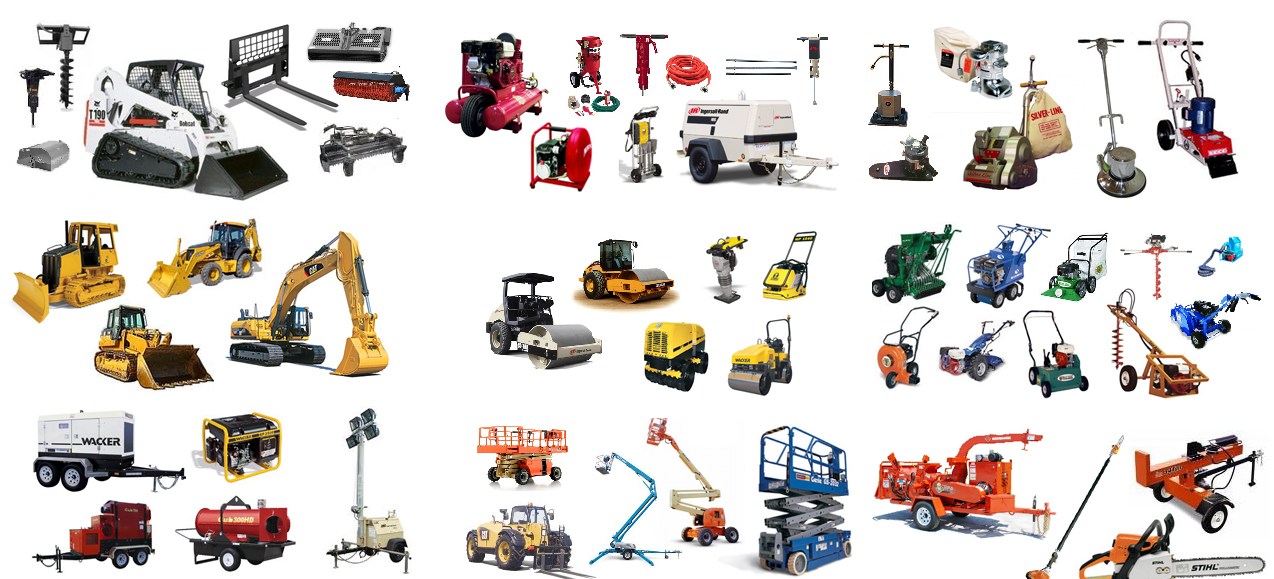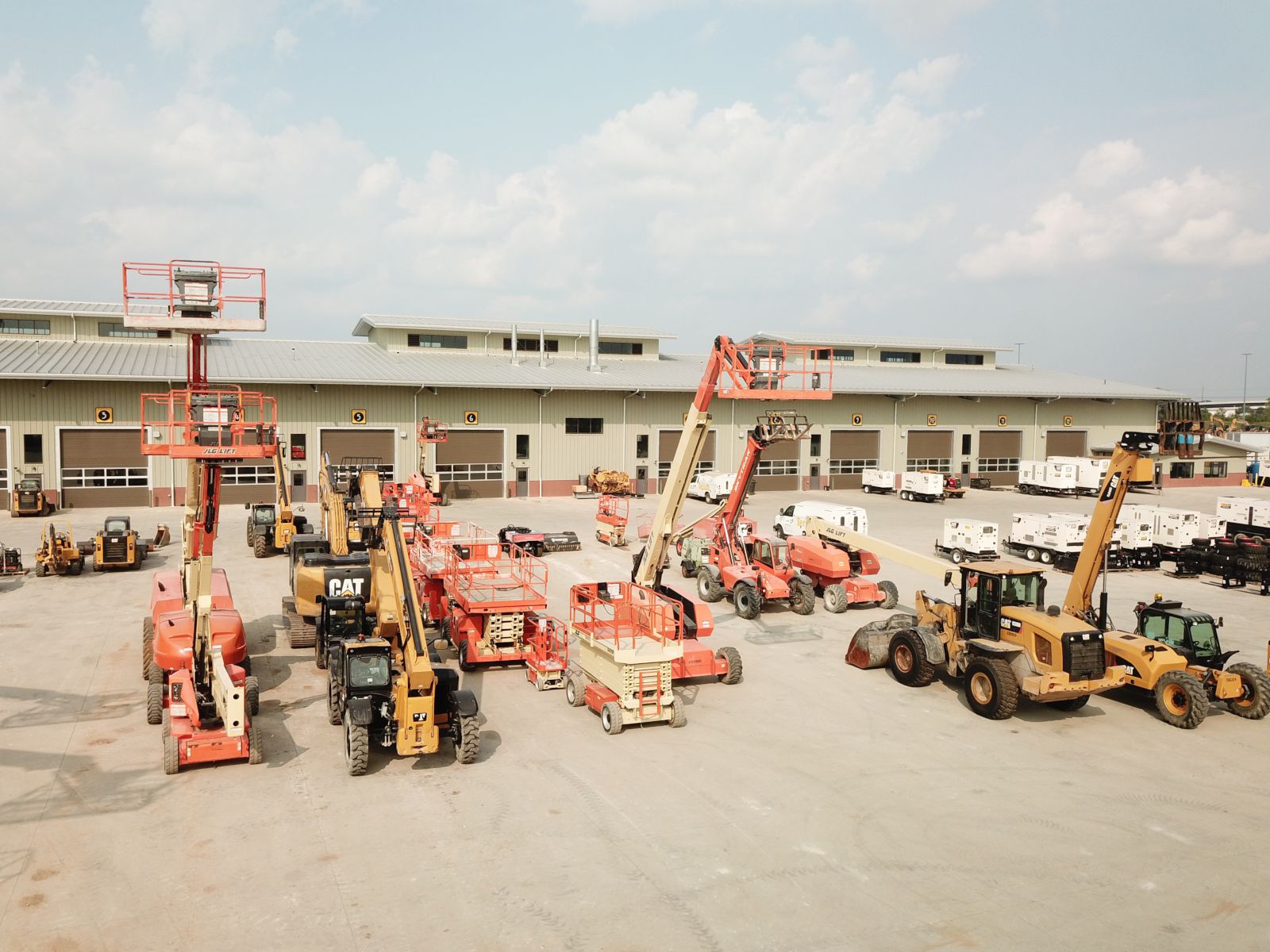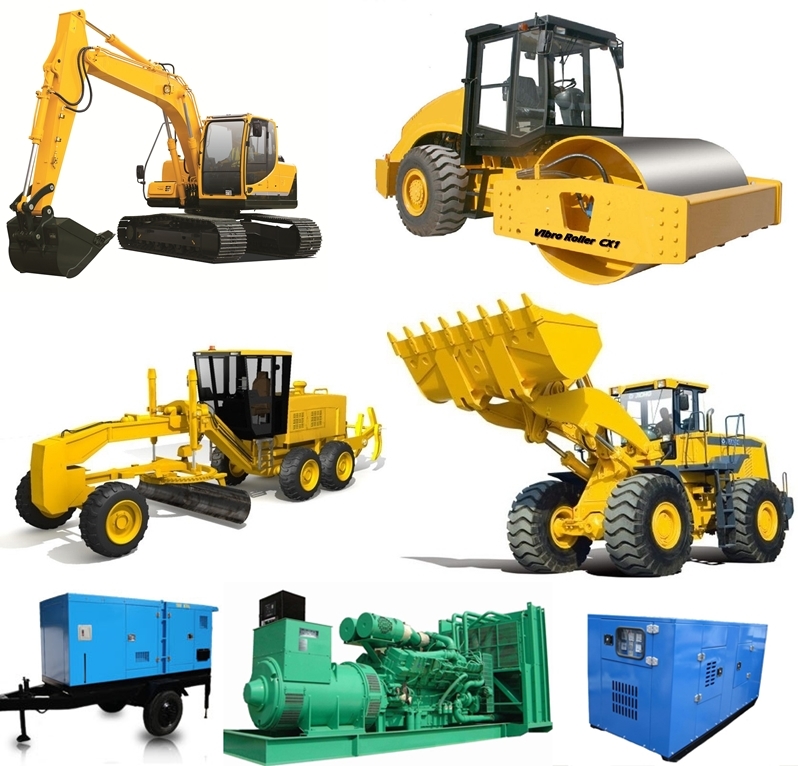Forklift Rental: Heavy Training Equipment for Warehousing and More
Forklift Rental: Heavy Training Equipment for Warehousing and More
Blog Article
Optimize Your Spending Plan by Recognizing the Costs Associated With Construction Tools Services
Comprehending the complete scope of expenses associated with building equipment leasings is critical for maximizing your spending plan. What strategies can be utilized to effectively handle these prices and guarantee an extra reliable rental experience?
Introduction of Rental Expenses
When thinking about building and construction devices services, understanding the associated costs is paramount for reliable budgeting and task preparation. Rental expenses can vary significantly based upon a number of elements, including tools type, period of leasing, and area. The preliminary rental fee typically reflects the equipment's market need and its connected operational abilities, influencing the total expense.
In enhancement to the base rental rate, secondary expenses may develop, such as transportation charges, gas surcharges, and upkeep charges. It is vital to account for these extra expenditures to precisely analyze the overall price of renting tools. The rental duration can impact rates; longer services might certify for affordable rates, while temporary services could sustain greater day-to-day charges.

Break Down of Rental Rates
A thorough understanding of rental prices is important for professionals and job managers aiming to enhance their budget plans. Rental rates for building devices normally are composed of a number of parts, including base rates, time-based charges, and use charges.
Base prices are the core charges related to the leasing of the tools, typically determined by the type and dimension of the machinery. These prices can vary substantially, affected by variables such as equipment demand, schedule, and local market patterns. Time-based fees, which may be daily, weekly, or monthly, offer to fit various job timelines and rental durations.
Additionally, rental rates may include use charges, which apply when equipment is made use of beyond a defined threshold, guaranteeing that the rental company can represent wear and tear. Seasonal need changes can additionally impact rental prices, with peak building periods normally commanding greater prices.
In addition, recognizing the rental company's plans regarding upkeep and insurance can give additional insight right into the general cost framework. By examining these elements, professionals can make informed choices, making sure the choice of rental equipment straightens with both job requirements and spending plan restrictions.
Added Charges to Take Into Consideration
Comprehending the details of additional fees is vital for specialists to manage their overall leasing expenditures efficiently. Beyond the typical rental prices, various supplemental fees can dramatically influence the complete price of tools service. These charges commonly consist of distribution and pick-up fees, which can differ based on distance and logistics entailed in moving the tools to and from the work website.
In addition, some rental companies may impose fuel surcharges if the tools is returned with much less gas than when leased. It is additionally important to be mindful of possible cleaning fees, particularly for customized tools that calls for thorough upkeep after usage.

Extensively evaluating the rental agreement and making clear these extra fees ahead of time can assist contractors stay clear of unforeseen costs and make certain that spending plans stay intact throughout the task lifecycle.
Upkeep and Repair Service Expenses
Normal upkeep and repair work expenses are frequently neglected aspects that can dramatically affect the general cost of building and construction devices services. When leasing tools, it is important to take into consideration not only the rental costs but likewise the potential expenses linked with keeping the equipment in optimal operating problem.
Several rental business consist of basic upkeep as part of the rental arrangement; however, extra unforeseen malfunctions or comprehensive repairs can cause additional expenditures. It's necessary to assess the rental agreement thoroughly to recognize what maintenance solutions are covered and what obligations fall on the tenant.
In addition, tools that redirected here is not well-maintained can result in ineffectiveness on the work site, potentially causing delays and enhancing job expenses. To reduce these dangers, it is a good idea to carry out routine assessments and preserve open communication with the rental copyright regarding any issues that arise throughout usage.
Insurance Policy and Obligation Expenses
Insurance coverage and obligation expenses are crucial elements that can considerably impact the overall expense of construction equipment services (rental company near me). These expenses make sure that both the rental firm and the customer are safeguarded from potential economic losses developing from accidents, damages, or theft during the rental period

In addition, clients should recognize any type of deductibles or heavy equipment academy exclusions in the insurance plan, as these can impact potential out-of-pocket costs. Understanding the terms and problems of any insurance policy coverage is vital to stay clear of unforeseen costs. Ultimately, budgeting for insurance policy and responsibility expenses can assist make certain a smoother rental experience and safeguard versus financial dangers related to construction jobs.
Verdict
In conclusion, an extensive understanding of the prices connected with construction equipment leasings is crucial for effective budget plan administration. By assessing rental rates, additional fees, maintenance costs, and insurance policy needs, individuals and organizations can minimize unexpected expenditures. This calculated technique not just boosts cost-effectiveness yet also guarantees that jobs advance efficiently and effectively. Eventually, notified decision-making regarding equipment leasings adds to the general success of building and construction endeavors.
Rental expenses can vary significantly based on several variables, consisting of tools kind, period of rental, and area (scissor lift rental). The rental duration can affect prices; longer leasings might certify for discounted prices, while temporary rentals might sustain higher daily costs
By performing complete research study and engaging with reputable rental firms, professionals can effectively browse the complexities of rental rates, eventually optimizing their financial sources.
Beyond the common rental prices, see post various auxiliary fees can substantially affect the complete expense of devices rental. Rental companies typically give liability insurance policy that covers injuries to third events or damage to residential or commercial property, while devices damages insurance can cover the expense of fixings or replacement if the leased devices is harmed.
Report this page